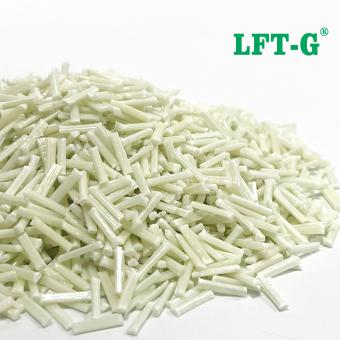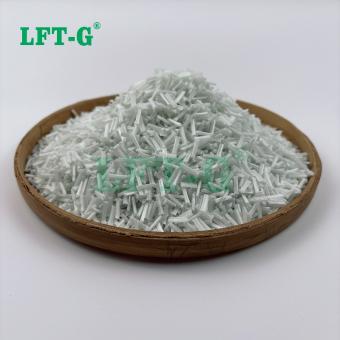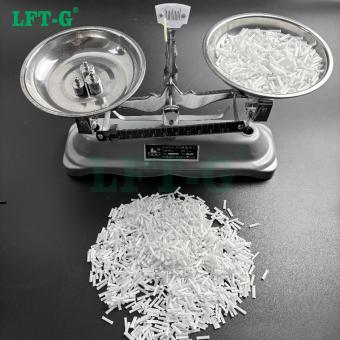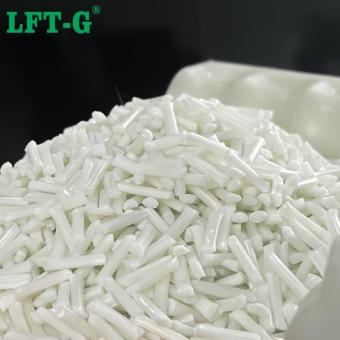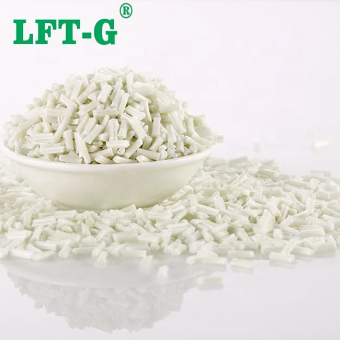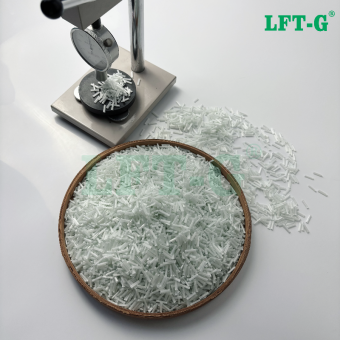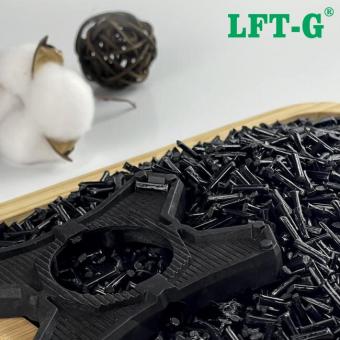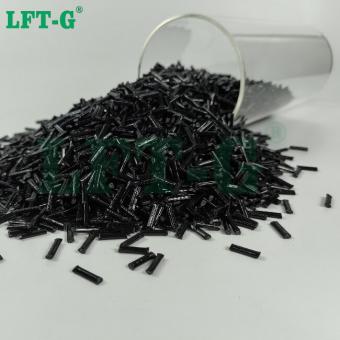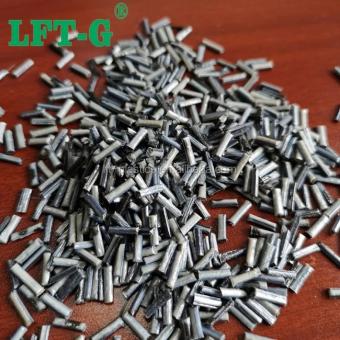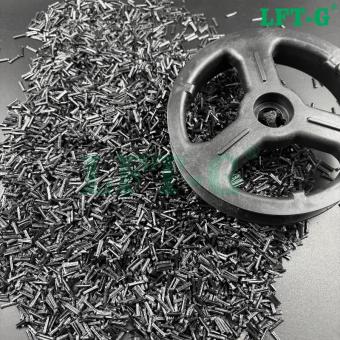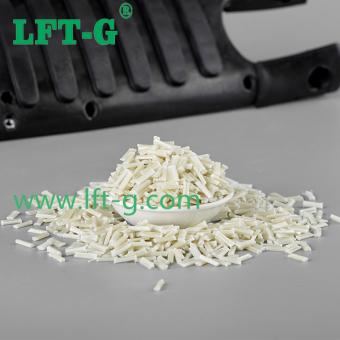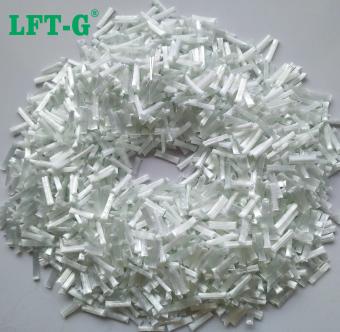-
High Temperature Resistance PPA Long Glass Fiber Plastic Injection MoldingLFT®PPA-NA-LGF is a 20%-60% long glass fiber reinforced, heat stabilized polyphtalamide PPA, with improved friction properties, high heat deflection temperature, very high flexural modulus and low moisture absorption.
- modified polymers
- fiber glass fiber
- ppa polyphthalamide
- fiber glass density
- glass fiber prepreg
- fiber glass manufacturer
Tags :
-
High Impact Resistance ABS Long Glass Fiber Plastic Injection MoldingABS is often used as a replacement for metal in the automotive industry. Various automotive parts that look for weight reduction factors use ABS thermoplastic.
- glass fiber reinforced composite
- abs plastic
- abs plastic molds
- abs plastic materials
- abs plastic enclosure
- abs plastic cost
Tags :
-
High Toughness PA12 Long Glass Fiber Plastic Injection MoldingPA 12 is a good general-use plastic with broad additive applications and is known for its toughness, tensile strength, impact strength and ability to flex without fracture. PA 12 has long been used by injection molders due to these mechanical properties. If you’re considering converting metal parts to plastic, PA12 will be a good choice.
- pa 12 nylon
- nylon 12 melting point
- nylon 12 3d printed
- nylon 12 material properties
- reinforced fiber glass
- glass fiber reinforced polymers
Tags :
-
High Stifiness PA 6 Long Glass Fiber Plastic White or Black ColorPA6 refers to polyamide 6, which is a widely used engineering plastic with excellent mechanical strength, wear resistance, and chemical stability. Adding long glass fibers to PA6 can significantly enhance the material’s mechanical properties, such as strength, rigidity, impact resistance, and dimensional stability.
- pa6 polyamide
- fiber reinforced nylon
- nylon compounds
- glass fiber reinforced polymers
- glass fiber manufacturer
Tags :
-
High Strength PP Long Glass Fiber Material Natural Black Custom ColorPP long glass fiber reinforced composite is a high-performance thermoplastic material made by compounding polypropylene (PP) with continuous long glass fibers. This material offers a significant improvement in mechanical properties compared to standard PP.
- polypropylene pp
- glass fiber reinforced composites
- polypropylene with glass fiber
- pp polypropylene properties
- glass fiber reinforced polymer composites
- pp glass manufacturer
Tags :
-
High Strength Polypropylene Carbon Fiber Filled Thermoplastic PelletsThrough carbon fiber reinforcement, can improve the strength of polypropylene materials, thermal deformation temperature and dimensional stability, expand the application of polypropylene materials.
- pp carbon fiber
- carbon fiber uv resin
- resin infusion carbon fiber
- pp resin
- carbon fiber plastic sheets
- carbon fiber resin 3d printer
Tags :
-
PLA Composite Pellets with 20-60% Long Carbon Fiber ContentPLA long carbon fiber reinforced material combines the environmental benefits of biodegradable PLA with enhanced mechanical strength and stiffness. It offers a sustainable solution for applications requiring lightweight performance, making it suitable for prototyping, consumer goods, and lightweight structural parts.
- plastic carbon fiber
- carbon fiber pla
- pla carbon fiber filament
- carbon fiber pla strength
- carbon fiber plastic
- resin for carbon fiber
Tags :
-
PEEK Composite Pellets with 20-60% Long Carbon Fiber ContentPEEK long carbon fiber reinforced material delivers outstanding mechanical strength, heat resistance, and chemical stability, making it suitable for extreme-performance applications. It is ideal for aerospace, medical, and industrial components requiring lightweight durability and long-term reliability.view more
-
PPS Composite Pellets with 20-60% Long Carbon Fiber ContentPPS long carbon fiber reinforced material offers exceptional mechanical strength, thermal stability, and chemical resistance, making it ideal for high-performance engineering applications. It is widely used in automotive, electrical, and aerospace industries requiring lightweight yet durable solutions.
- pps polyphenylene sulfide
- polyphenylene sulfide resin
- polyphenylene sulfide plastic
- carbon fiber frameset
- carbon fiber handlebars
- carbon fiber surfboard
Tags :
-
MXD6 Polyamide Composite Pellets with 20-60% Long Glass Fiber ContentMXD6 is a high-performance semi-aromatic polyamide known for its exceptional gas barrier properties, mechanical strength, and thermal stability. It is widely used in automotive, packaging, and industrial applications where durability and chemical resistance are essential. Ideal for structural and functional components, MXD6 delivers reliable performance in demanding environments.view more
-
Green Material PLA Composite Pellets with 20-60% Long Glass Fiber ContentPLA long glass fiber reinforced material combines the biodegradability of PLA with the high strength and rigidity of long glass fibers. It offers enhanced mechanical properties and dimensional stability, making it ideal for eco-friendly applications requiring durability and performance.
- polylactic acids
- polylactic acid pellets
- polylactic acid material
- polylactic acid bioplastic
- biodegradable polylactic acid
- polylactic acid pla
Tags :

 e-mail
e-mail English
English français
français Deutsch
Deutsch русский
русский italiano
italiano español
español português
português العربية
العربية 日本語
日本語 한국의
한국의 中文
中文












